Canine Uveitis: Symptoms, Causes, Treatment, and Prevention
Canine uveitis is a serious eye condition that affects the uveal tract of a dog’s eye, which includes the iris, ciliary body, and choroid. This inflammation can lead to pain, vision loss, and even blindness if left untreated. Pet owners should be aware of the signs and causes to seek timely veterinary intervention.
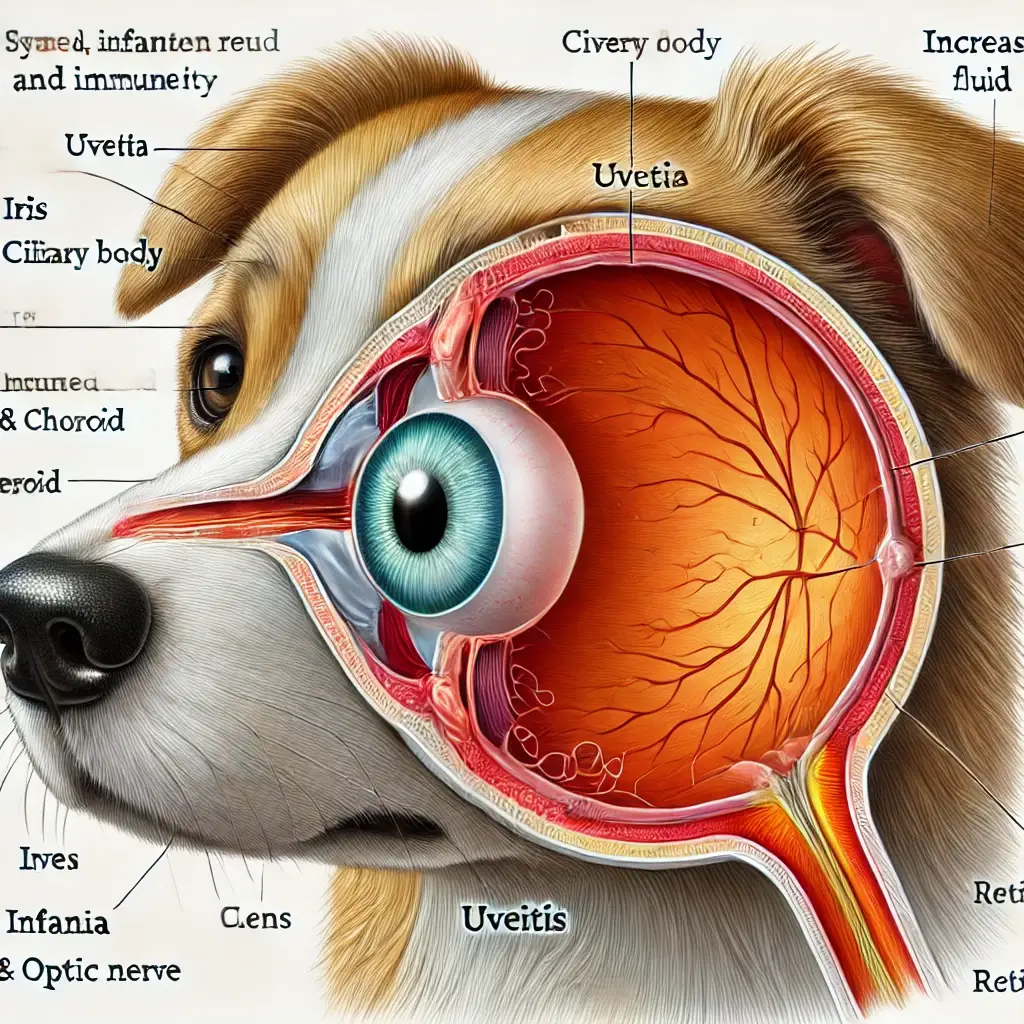
Table of Contents
Causes of Canine Uveitis
Several underlying conditions can trigger uveitis in dogs. Some of the most common causes include:
- Infections: Bacterial, viral, fungal, or parasitic infections can lead to eye inflammation.
- Autoimmune Disorders: Conditions like immune-mediated diseases can cause the body to attack its own eye tissues.
- Trauma: Physical injury to the eye from accidents, fights, or foreign objects.
- Systemic Diseases: Conditions such as diabetes, cancer, or hypertension may contribute to uveitis.
- Toxins and Drug Reactions: Certain medications and environmental toxins can trigger inflammation.
Symptoms and Diagnosis
Recognizing the signs of canine uveitis is crucial for early intervention. Common symptoms include:
| Symptom | Description |
|---|---|
| Redness | The eye appears bloodshot due to inflammation. |
| Squinting | Dogs may keep their eyes partially closed due to pain. |
| Excessive Tearing | Increased eye discharge or watery eyes. |
| Cloudiness | The cornea may appear hazy or bluish. |
| Light Sensitivity | Dogs may avoid bright lights and squint more. |
| Vision Impairment | Difficulty in seeing, bumping into objects. |
Diagnosis:
Veterinarians diagnose canine uveitis through a combination of specialized tests and examinations to determine the underlying cause and severity of the condition. These diagnostic methods include:
1. Ophthalmic Examination:
A thorough eye examination using specialized tools such as an ophthalmoscope or slit lamp biomicroscope allows the veterinarian to assess inflammation, redness, cloudiness, and other abnormalities in the eye. The examination also includes evaluating the pupil’s response to light and checking for any structural damage.
2. Fluorescein Staining:
This diagnostic test involves applying a special dye to the eye to detect corneal ulcers or scratches that may contribute to or result from uveitis. The dye highlights any damaged areas of the cornea under blue light, helping to differentiate uveitis from other ocular conditions.
3. Tonometry:
Tonometry is used to measure intraocular pressure (IOP). Since uveitis often causes a decrease in eye pressure due to inflammation, a tonometer helps confirm the diagnosis. Conversely, some conditions can lead to secondary glaucoma, which increases eye pressure. Monitoring IOP is crucial for proper treatment.
4. Blood Tests & Imaging:
Since uveitis can be caused by infections, immune-mediated diseases, or systemic illnesses, blood tests help identify any underlying conditions such as bacterial, viral, fungal, or parasitic infections. Additional diagnostic imaging, such as X-rays or ultrasounds, may be used to detect tumors, trauma, or other systemic issues affecting the eye.
Early detection and treatment of uveitis are crucial to prevent complications such as vision loss or secondary glaucoma. If a dog shows signs of eye pain, squinting, excessive tearing, or redness, prompt veterinary attention is necessary.
Treatment Options
Treating canine uveitis depends on the underlying cause. Common treatment methods include:
1. Medications
- Anti-inflammatory Eye Drops: Reduce swelling and pain.
- Antibiotics or Antifungals: If an infection is the cause.
- Corticosteroids: Used in immune-mediated uveitis.
2. Pain Management
- NSAIDs (Non-Steroidal Anti-Inflammatory Drugs): Help in reducing discomfort.
- Artificial Tears: Maintain eye moisture.
3. Surgical Intervention
- In severe cases, surgery may be needed to remove affected eye structures or address underlying issues.
For more details on eye care, visit SymptomSync.
Preventive Measure
While some causes are unavoidable, there are steps you can take to reduce your dog’s risk:
| Preventive Measure | Benefit |
|---|---|
| Regular Vet Visits | Early detection of eye diseases. |
| Proper Hygiene | Keeping the eyes clean reduces infections. |
| Balanced Diet | Strengthens immune system and eye health. |
| Avoiding Toxins | Keeping harmful substances away prevents irritation. |
| Protective Eyewear | Goggles for dogs in dusty or hazardous areas. |
Frequently Asked Questions (FAQs)
1. Is canine uveitis painful?
Yes, dogs with uveitis often experience discomfort, squinting, and sensitivity to light.
2. Can canine uveitis lead to blindness?
If left untreated, severe inflammation can cause permanent vision loss or blindness.
3. How long does treatment take?
It depends on the cause, but mild cases may improve in a few weeks, while chronic cases need long-term care.
4. Can canine uveitis be cured completely?
With early treatment, many cases are manageable, though some dogs require lifelong monitoring.
Learn more about dog eye conditions on Symptohttps://symptomsync24.com/mSync.
By staying informed and proactive, dog owners can help prevent and manage canine uveitis effectively. For more pet health insights, visit SymptomSync regularly!

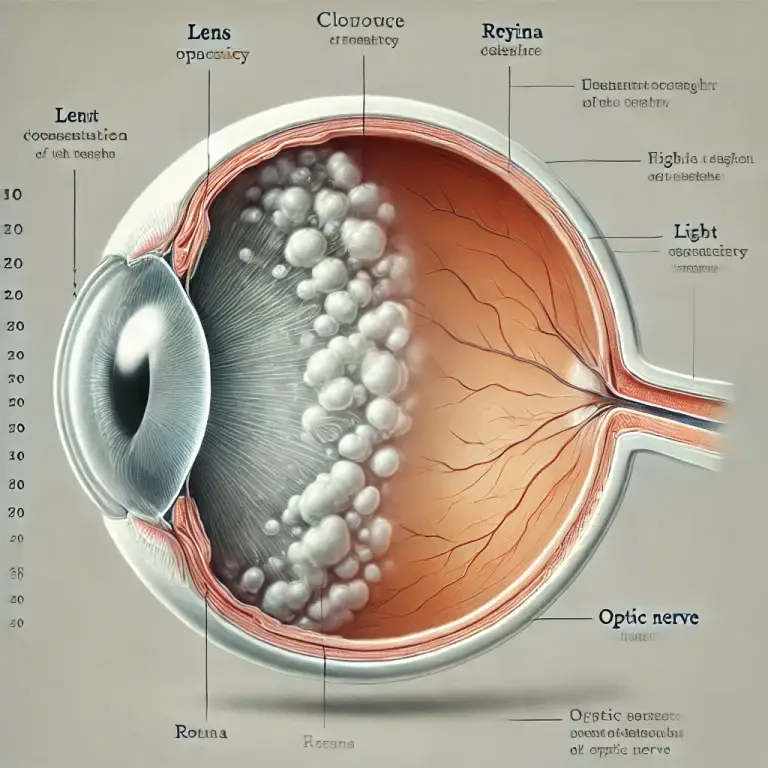
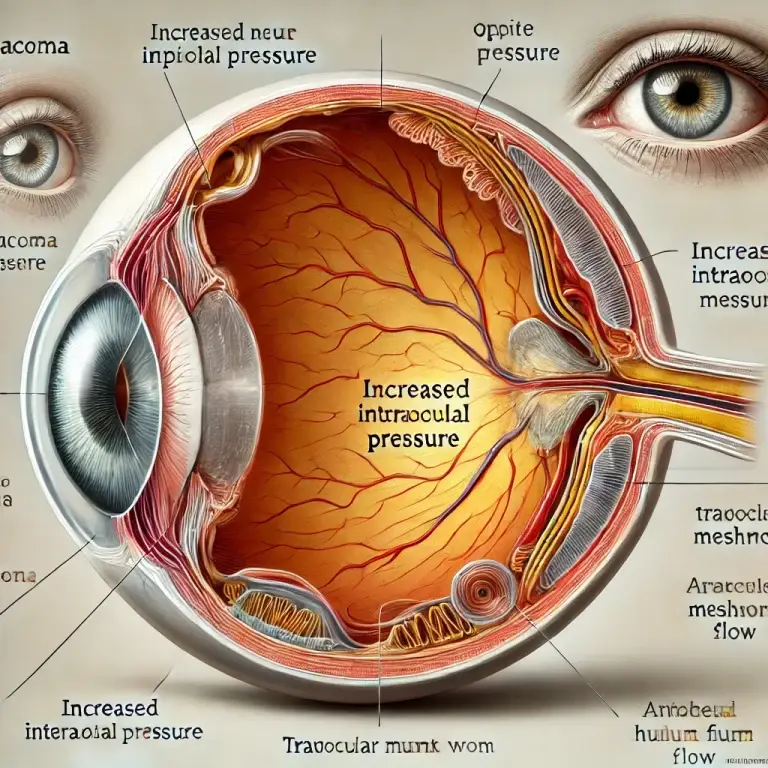
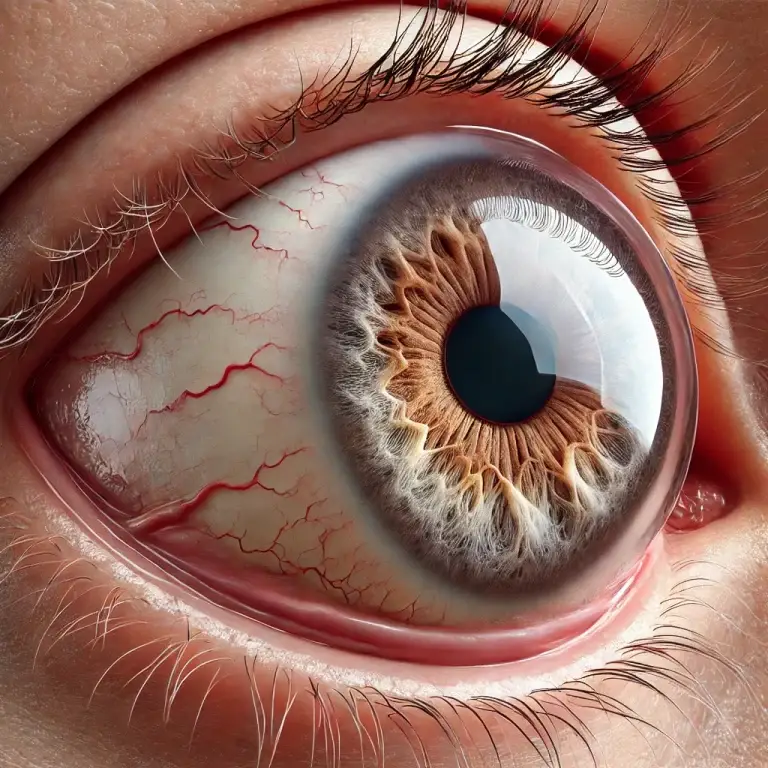
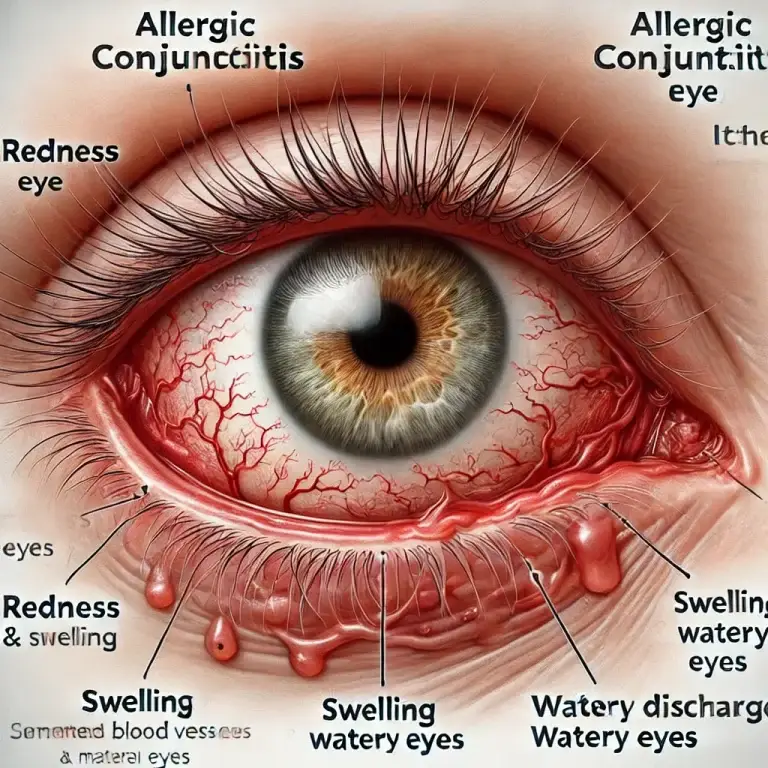
Leave a Reply